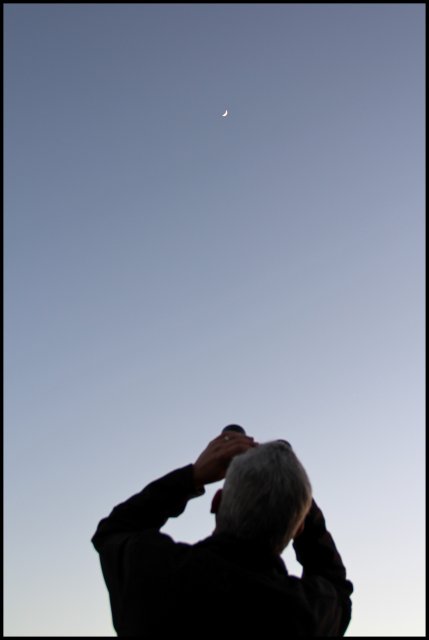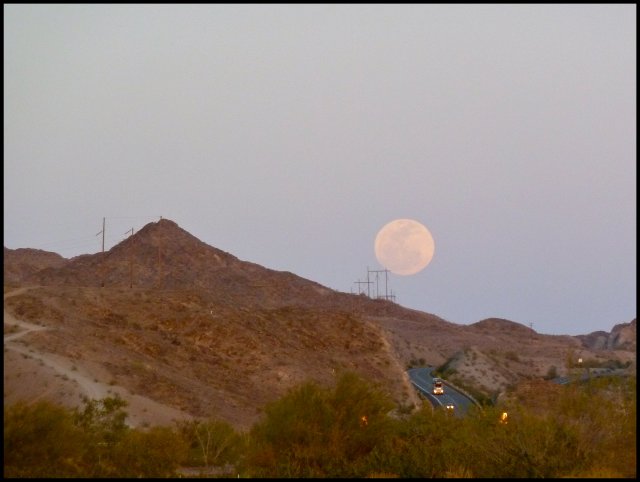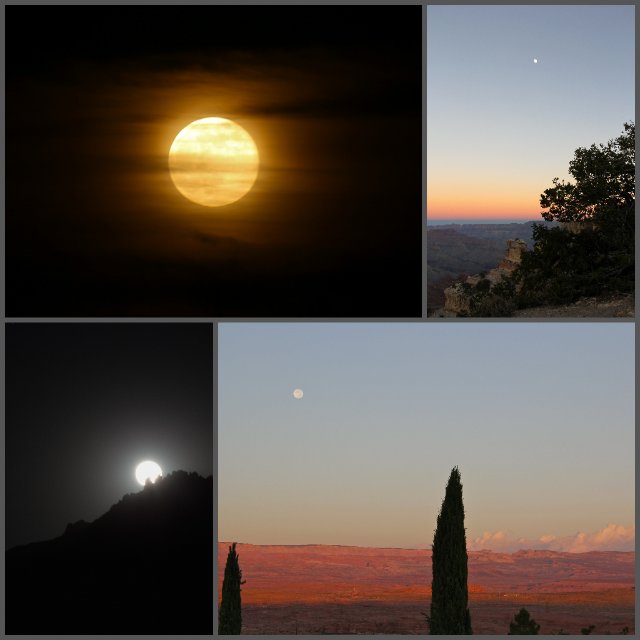Last weekend sported another "Super Moon" complete with lots of media attention. The month before we had a "Honey Moon" on Friday the 13th which some deemed especially scary. And there is a "Harvest Moon" and "Hunter's Moon." My curiosity was aroused - where did these full moons get their names?
What exactly is a "Super Moon?" The distance from Earth to the moon varies throughout the month and year because both their orbits are elliptical. When the moon is at its closest distance to Earth at the phase of full moon, it is said to be a "Super Moon" and appears larger than normal. Interestingly, if a full moon occurs when the moon is at its farthest distance from Earth, it is a "Micro Moon" - but I've never heard any media hype about that.
Although it occurs in June, the "Honey Moon" has nothing to do with newlyweds but gets its name because of its rich amber color. During the month of the summer solstice (in other words, June), the sun's path across the sky is at its highest and the moon is at its lowest which keeps it close to the horizon. The longer wavelengths of light (due to its position close to the horizon) are scattered by dust and pollution in our atmosphere creating the amber color of the moon. While neither Honey Moons nor Friday the 13th are rare events, a Honey Moon occurring on Friday the 13th is rare with the last one (before the one on June 13, 2014) on June 13, 1919 and the next one won't be until June 13, 2098!
As you would expect, a "Harvest Moon" occurs at harvest time (autumn). It is the full moon closest to the autumnal equinox - the day in the fall when night and day are the same length of time. In 2014, that day is September 22nd with the Harvest Moon on September 8th. And it will also be a Super Moon! The full moon following the harvest moon is called the "Hunter's Moon" from Native American folklore. This year, the Hunter's Moon will be October 8th. Both the Harvest Moon and the Hunter's Moon are unusually bright.
This was an ordinary full moon but looks huge!
The full moon appears quite large when it first comes up, when it's close to the horizon. It isn't really any larger - it is an optical illusion as our brain tries to make sense of an object (the moon) that appears to be on the horizon not many thousands of miles away. The objects on the horizon like mountains and trees seem to be the same distance away as the moon.
Whether it is a special moon or an everyday full moon, viewing the moon from the comfort of your yard is fun! Clouds or lack of them, pollution and dust all change the appearance of that bright disc in the night sky.




Was the last picture on the left from our Mining Camp outing?
ReplyDeleteWhy yes, it was! None of my photos that night turned out the way I wanted them to but I learned a lot about what not to do! ;-)
DeleteI always learn so much from your blogs. Thanks for keeping us educated.
ReplyDeleteAlso, have you noticed how much progress I am making. I am hoping to be all caught up with your blogs by the end of the year.